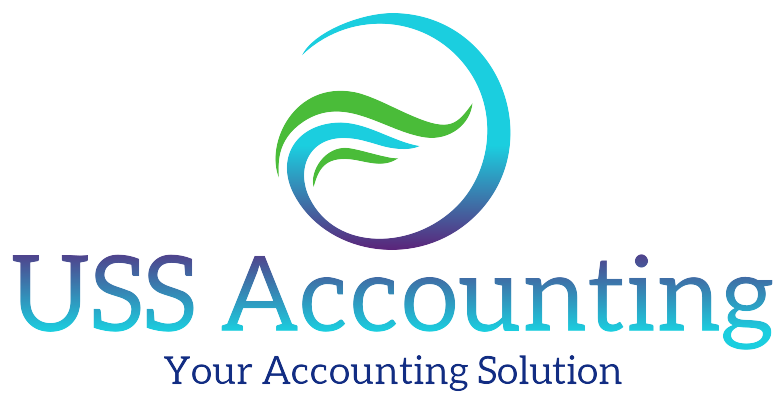
The Imperative of Monetary Efficiency
In today’s competitive business landscape, efficiency is no longer a luxury but a necessity. Rising costs, increased competition, and evolving customer expectations demand that small businesses operate at peak performance. By streamlining operations and eliminating waste, businesses can improve profitability, enhance customer satisfaction, and position themselves for long-term success.
Identifying Cost Inefficiencies
The first step in streamlining operations is to identify areas of inefficiency. This can be a challenging task, but it is essential for making meaningful improvements. Consider conducting a thorough review of your business processes, from production to customer service. Look for bottlenecks, redundancies, and tasks that are not adding value.
Leveraging Technology and Gain a Competitive Advantage
Technology can be a powerful tool for improving efficiency. By investing in the right software and tools, small businesses can automate tasks, streamline workflows, and reduce errors. Consider implementing accounting software, customer relationship management (CRM) systems, and project management tools.
Streamlining Supply Chain and Prevent Costly Delays
The supply chain can be a significant source of inefficiency for small businesses. By optimizing your supply chain, you can reduce costs, improve delivery times, and enhance customer satisfaction. Consider renegotiating contracts with suppliers, exploring alternative sourcing options, and implementing just-in-time inventory management.
Optimizing Production Processes
For businesses that manufacture products, optimizing production processes is essential for improving efficiency. This may involve redesigning layouts, implementing lean manufacturing principles, or investing in new equipment. By streamlining production, businesses can reduce waste, improve quality, and increase output.
Improving Customer Service Experiences
Efficient customer service is essential for building customer loyalty and driving repeat business. Consider implementing self-service options, such as online chat or FAQs, to reduce the workload on your customer service team. Additionally, invest in training your employees to provide exceptional customer service.
Measuring and Monitoring: If You Don’t Know Your Numbers, You Can Never Improve Them.
To track the effectiveness of your efficiency improvement efforts, it is important to measure and monitor key performance indicators (KPIs). This may include metrics such as production costs, lead times, customer satisfaction ratings, and employee productivity. By regularly reviewing these metrics, you can identify areas for improvement and make data-driven decisions.
Streamlining operations is essential for small businesses to remain competitive and profitable. By identifying inefficiencies, leveraging technology, optimizing supply chains, improving production processes, and enhancing customer service, businesses can improve their efficiency and position themselves for long-term success.
Ready to Streamline Your Business?
Schedule a consultation with our experienced bookkeeper/accountant today. We can help you identify areas of inefficiency, develop a customized plan for improvement, and implement strategies to streamline your operations. Don’t let inefficiencies hold your business back.






